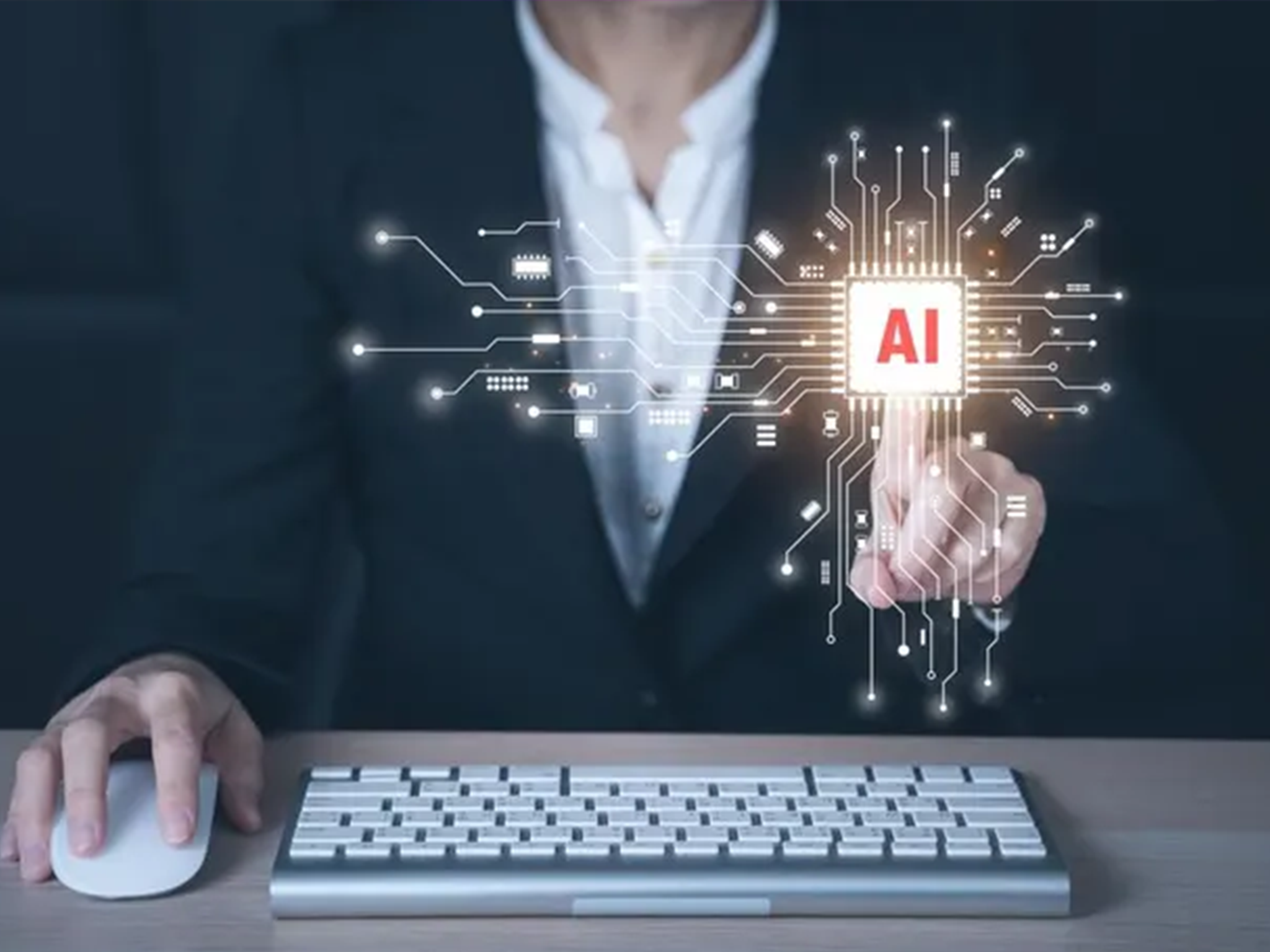A risk assessment guide for Generative AI in businesses
In recent years, the integration of Generative Artificial Intelligence (AI) within organisations has surged, it promises efficiency, innovation, and automation, so why wouldn’t it? Generative AI is a subset of Artificial Intelligence that involves content creation, like images, videos or even code (all based on training data). This technology has incredible potential; however, its adoption is not without risk, understanding and mitigating these risks will be crucial for organisations who are considering the implementation of Generative AI.
This is why the last Executive Exchange we held at InX Birmingham was focused on the Risk, Ethics and Legality associated with Generative AI. The roundtable itself was facilitated by Derek Southall, Founder and CEO of Hyperscale Group who specialise in helping organisations create and refine a digital roadmap with minimal risk.
A range of topics were covered in the session, but perhaps the biggest take home from many around the table was,
“We don’t know enough about the risk involved with Generative AI.”
Boards want to hear about how Gen AI will cut on overall cost whilst boosting efficiency and cutting down time on projects, but rarely want to have to invest more on the risk mitigation. So, in this article, we’re going to give you a few points to talk about next time you need to discuss risk mitigation with your CEO.
Data Privacy
One of the most obvious, and potentially most important risks associated with Gen AI is Data Privacy. Enterprise organisations will often handle vast amounts of sensitive and confidential information data, if said data is not adequately protected it will often lead to a data breach. If not properly trained, a Generative AI model could potentially and inadvertently generate content that will expose confidential data, which then leads to privacy breaches and regulatory non-compliance. The best way to mitigate this risk is to ensure that robust data protection is always being implemented.
Data Bias
We all know that Generative AI models learn from the data that they are supplied with and trained on. Which unfortunately can perpetuate bias in the training data. In an enterprise environment, biased results based on training data could lead to discriminatory practices in important decision-making processes (recruitment all the way through to product development). Solving the issue of bias is not as simple as adding more points into the training data, it requires a full understanding of the initial data set so that it can be carefully curated. Then the output of the training data will require close supervision to promote fairness and inclusivity.
Intellectual Property Risk
Most enterprise organisations will rely on intellectual property assets that provide them with a competitive advantage and allow for some market differentiation. Generative AI poses a risk to this as it can autonomously generate content that is too similar to IP protected material. Any unauthorized creation of IP created by Gen AI will undermine an organisations’ intellectual assets and could result in legal disputes focused on ownership and copyright infringement. Implementation of a robust IP protection strategy would help safeguard against such a risk, along with consistent monitoring.
Quality Control
Whilst true that Gen AI can automate content generation processes, we cannot always ensure the quality and reliability of the output, it is most likely that most content created by Gen AI in enterprise organisations will always need some human input. In applications where accuracy and consistency are of the utmost importance, too much reliance on Gen AI without implementing proper quality control will result in substandard results. To mitigate this risk, you will need human oversight and a rigorous validation process to minimise risk of unreliable outputs and materials.
Cybersecurity
Cybersecurity is another one of the most important things to address within an enterprise, along with Gen AI. Gen AI systems introduces new attacks for cyber threats. Malicious software can exploit vulnerabilities in Generative AI models that either manipulates or generates incorrect content. This can lead to misinformation campaigns all the way through to malware propagation (depending on how integrated your Gen AI system is). Being proactive and addressing the cybersecurity risks through encryption, authentication and intrusion detection is essential.
Dependency on External Platforms
Most enterprise organisations rely on a third-party supplier for their Generative AI capabilities. Whilst outsourcing AI capabilities offers a cost-effective and scalable strategy it also introduces an integral dependency on an external entity. With any external organisation you run the risk of service disruptions, loss of control of proprietary data and vendor lock-in. Negotiating a robust service agreement and maintaining an in-house Gen AI expert can help you to mitigate dependency risks and allow some organisational freedom.
Overall, AI holds immense promise and it’s an incredibly powerful toolset that can be used to enhance user experience, grant increased efficiency for a fraction of the cost, and create new content on its own. However great though, it is not without incredible risk if not carefully integrated into an enterprise. Next time you’re considering your budget, think about how well you are protecting your business against the above threats if you have implemented any Generative AI systems. If you don’t feel well protected, consider sending this article to your board.
Written by Helen Vlachou, Researcher at InX - contact Helen today for more information.


